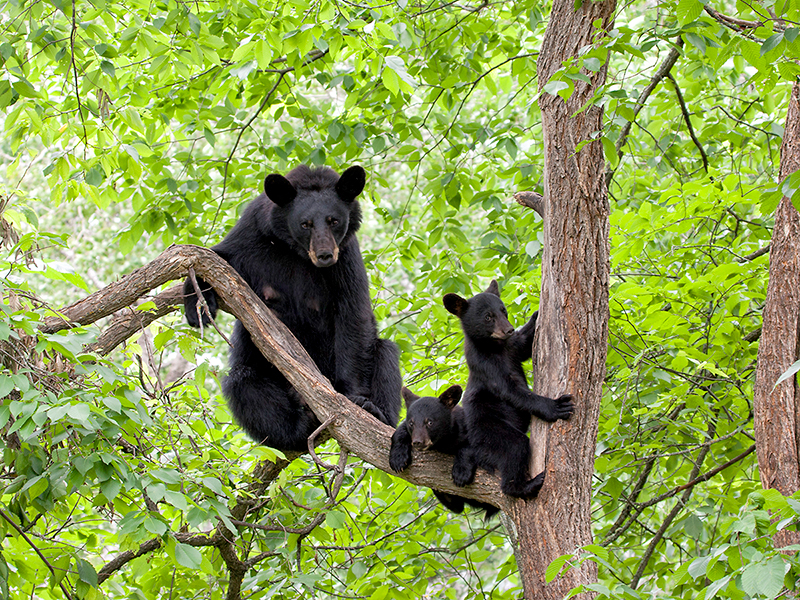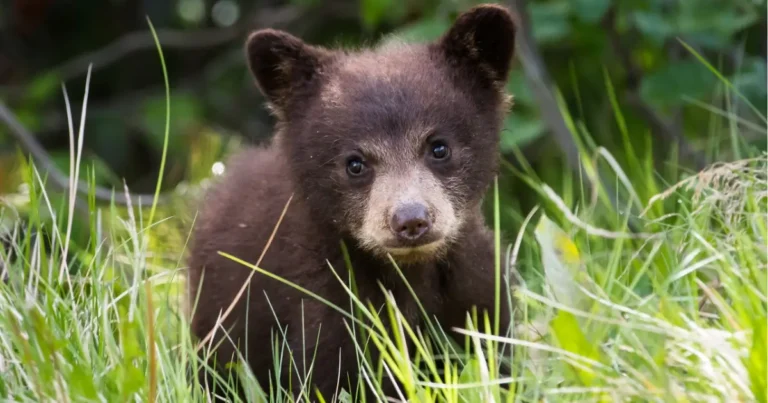
The Northern Bear Awareness Society told the CBC they expect complaints in the city of Prince George to spike as berry crops fade and human-sourced attractants become even more appealing to area bears.
"We wouldn't have conflicts in such high numbers if bears weren't being invited into our neighbourhoods for free lunches," Northern Bear Awareness Society president Dave Bakker told the CBC.The online article also notes that the city gets an average of 800 complaints about bears per year – and 40 bears are killed as a result.
An increase to funding for programs like the Conservation Officer Service to allow for greater enforcement at the provincial level would help, but it is unlikely to occur before the expected increase in conflict. But every community in British Columbia – and, frankly, Canada – can benefit by taking steps both individually and as municipalities:
- Enact wildlife feeding bylaws. These bylaws sometimes intimidate those who enjoy feeding birds, but bylaws are typically complaint driven – meaning that they’re only enforced when completely necessary. Having a feeding bylaw acts as an educational tool, but the threat of a hefty fine can also change behaviour that could lead to harm to people or wildlife.
- Host educational evenings. Groups like The Fur-Bearers are happy to provide local community groups with educational presentations to help prevent conflict. Just look for local wildlife protection groups and you’re sure find one nearby!
- Work with local media. Your community newspapers, radio and television stations, and news websites are excellent resources to remind people of what attractants are, how to remove them, and that local bylaws exist.
- Alter waste management practices. Overnight access to waste containers – whether it’s curbside trash cans or unsecured community dumpsters – can and will lead to wildlife conflict with an assortment of animals. Taking a critical look at your local policies and practices can lead to relatively simple solutions.
We, as communities, are responsible for the attractants and bad habits that lead to bears coming into conflict with people. It’s up to us to enact solutions so all of us, bears included, can focus on what matters most: raising a happy, healthy family.
monthly donor(for as little as $5/month – the cost of a single latte) pleaseclick hereand help us save lives today.

